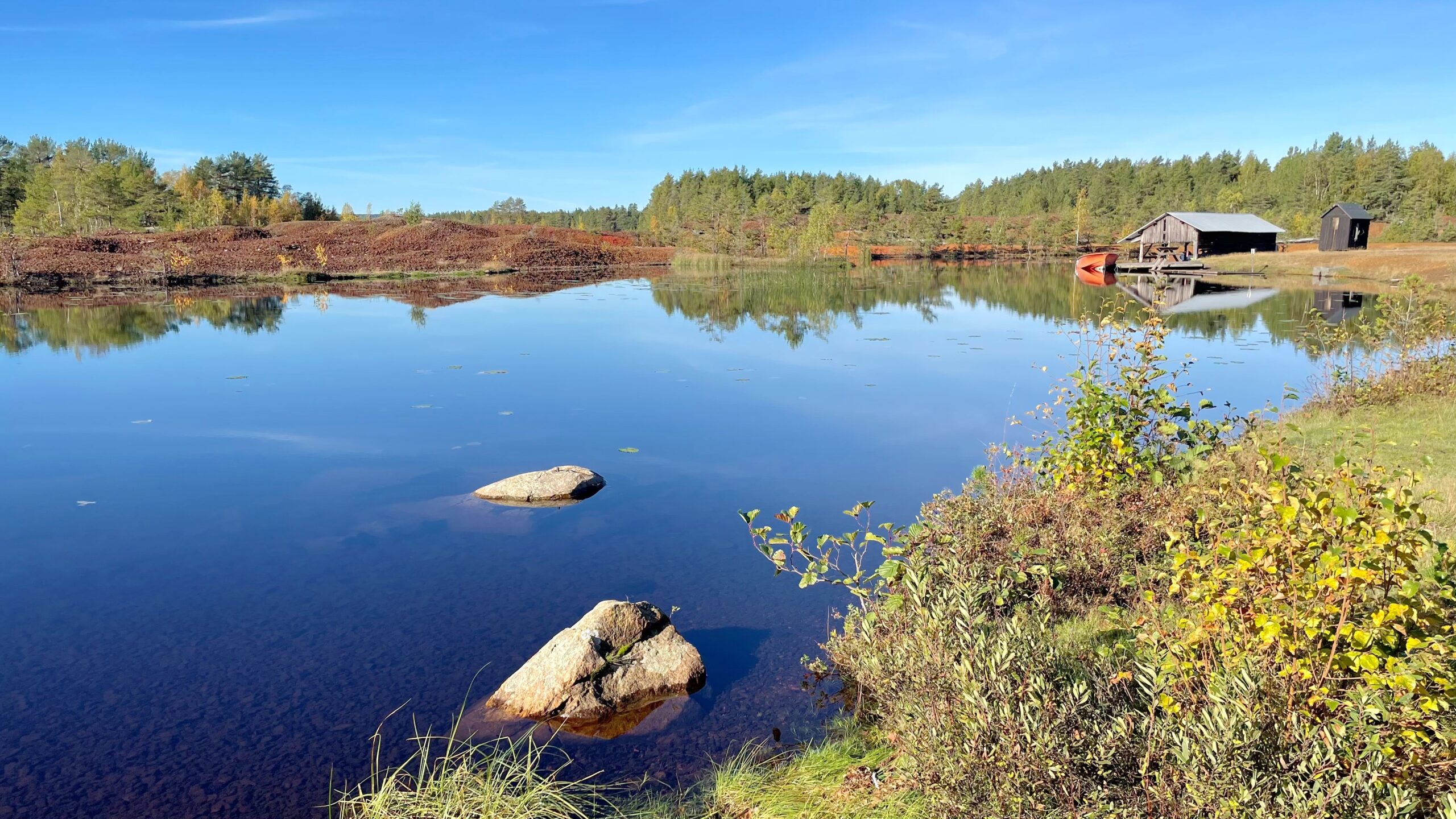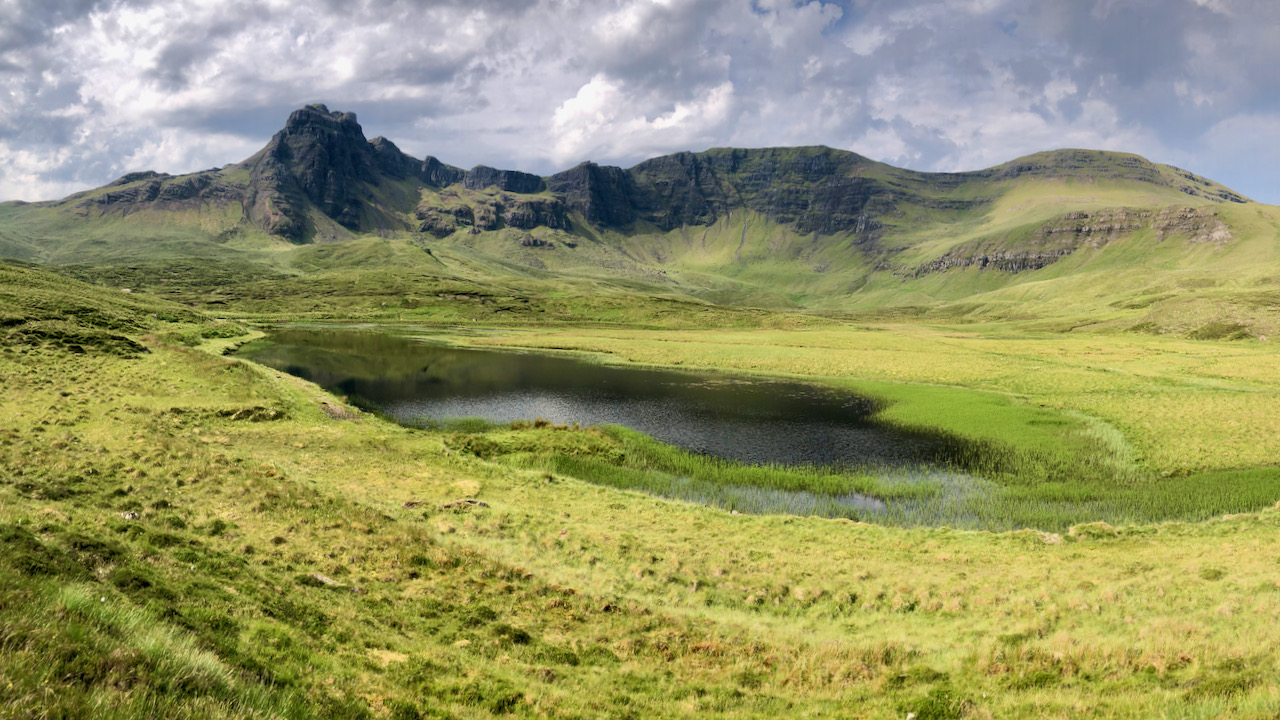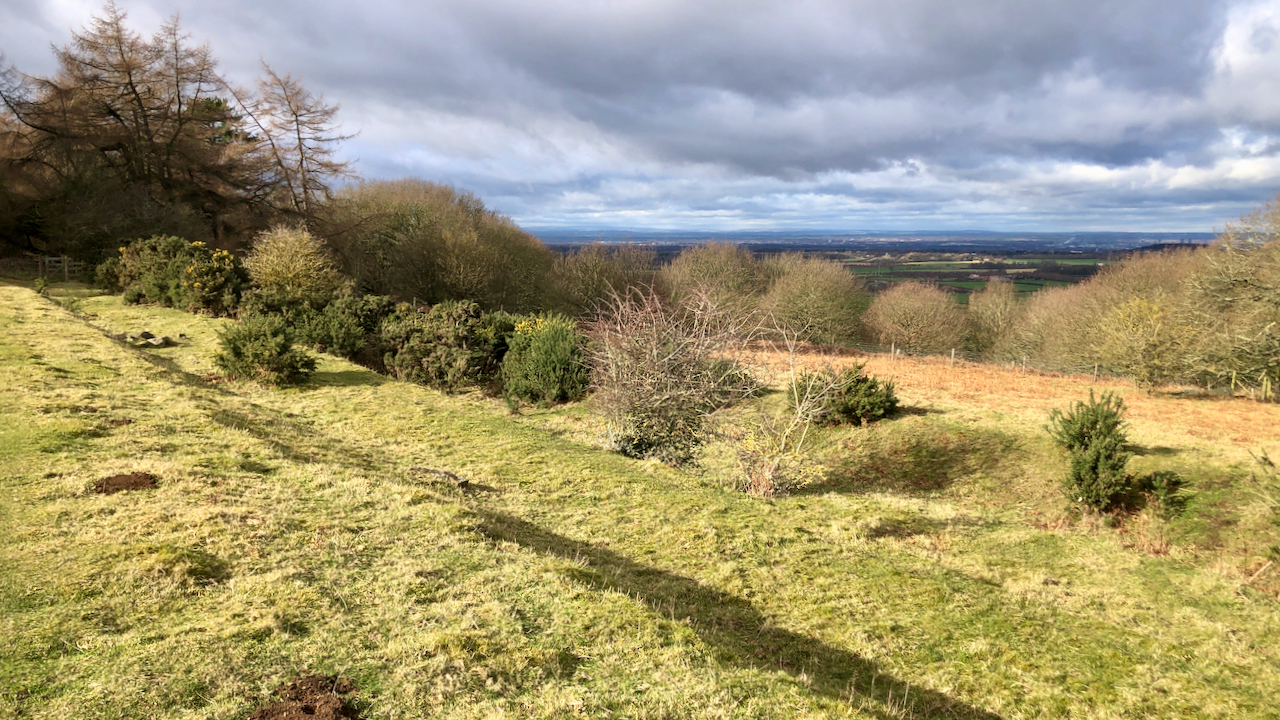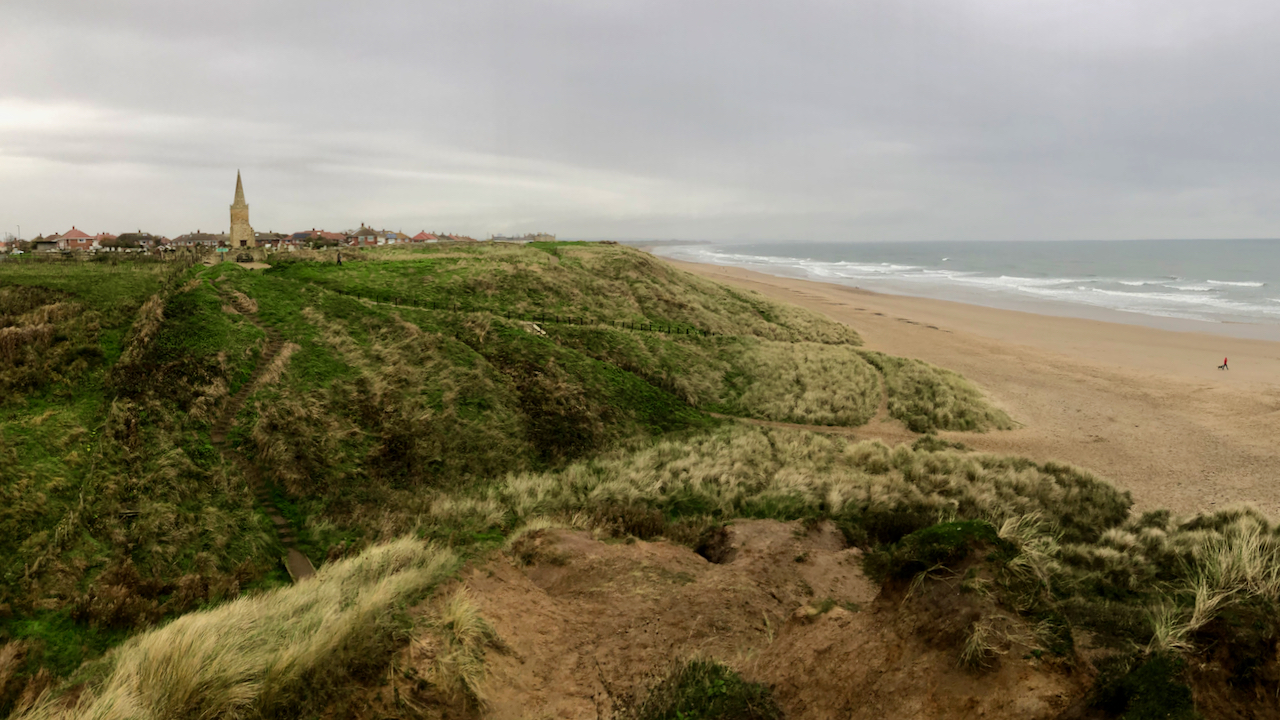Tag: industrial archaeology
-

Where the Rogsån Meets Varpan
The Rogsån river slips quietly into the northern end of Lake Varpan, where the small settlement of Österå rests. Today it seems peaceful, but in earlier centuries this was a centre of roaring furnaces and hammering waterwheels. From the 1400s until the mid-1800s, copper smelters lined these shores, owned by miners tied to the vast…
-

Clearing the Past: The Lost Drumhouse of Newton Wood
A morning with the National Trust, cutting back the summer growth from around the brick and stone remains known as the Kip, at the Cliff Rigg end of Newton Wood. The Kip is the remains of the head of a narrow-gauge tramway incline. Ore from Roseberry Ironstone Mine once hurtled down here under its own…
-

Fire, Fumes, and Fatality: Scugdale’s Calcining Kiln
In the early 19th century, Scugdale was an unremarkable little dale where people busied themselves with weaving and bleaching fine linens. The local economy depended on at least four water mills, all fed by the ever-reliable Scugdale Beck. That is, until 1857, when progress arrived in the form of a two-mile railway branch between Swainby…
-

Slate, Sheep, and Silence: The Legacy of Tranearth Quarry
The tranquil Tranearth Quarry, where wild swimmers now glide through waters once surrounded by industry. Amid Bronze Age cairns and abandoned slate, nature reclaims what human ambition left behind, watched only by sheep and time.
-

Newton Wood’s Hidden Industrial Heritage
This morning’s low cloud cover meant there was no chance of capturing any stunning shots of the Cleveland Hills, so I turned my attention to something closer to the ground. Folk often ask me about this brick and concrete structure at the Cliff Rigg end of Newton Wood, recently cleared of bracken and brambles by…
-

The White Flint Legacy of Castleton
At the crest of an old tramway incline from the former silica quarries, once the workings of the Sheffield-based firm J. Grayson Lowood & Co. Ltd., one gazes across the Esk valley. Just off-centre in the distance lies the looming hump of Castleton Rigg, climbing to the highest point of the “Fat Moors.” The village…
-

Runswick Bay’s Ironworks Beneath the Cliff
Today I was at a National Trust property near Runswick Bay, a hidden gem previously unknown to me. Spanning a 5-hectare meadow, this land is a tapestry of ragwort, thistles, docks, and the occasional blackthorn and willow saplings, all requiring occasional management. The property also boasts 4.5 hectares of precipitous, overgrown cliff and approximately 225…
-

Loch Cuithir and the diatomite industry
What had fascinated me was the peculiar wording on the O.S. map, indicating the presence of a “Dismantled Railway,” a six kilometres stretch from the Inver Tote coastline, winding its way towards Loch Cuithir, nestled beneath the formidable Sgurr a’ Mhadaidh Ruaidh, aptly dubbed ‘the hill of the red fox.’ As it turned out, Loch…
-

Roseberry Mine Tramway
What a difference when the sun comes out. An otherwise dull walk around a regular route of mine taking in Capt. Cook’s Monument and Roseberry, although I avoided the summits as it’s the weekend. And crossing the field at the top of Thief Lane, brilliant sunshine. To my right, Roseberry was still in dark shadow…
-

Marske Sands, do we want a healthy marine ecology or a free Enterprise Zone?
“In many respects the most notable feature of any integrated iron and steel works, whether operational or non-operational, a blast furnace is an impressive example of industrial architecture at its best. Located at the northern end of the development, at the boundary between the North Industrial Zone and Coastal Community Zone Redcar Blast Furnace is…